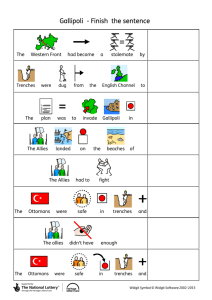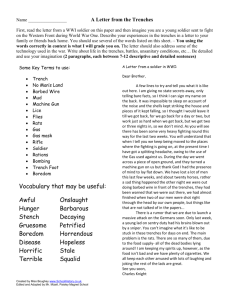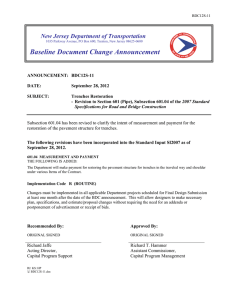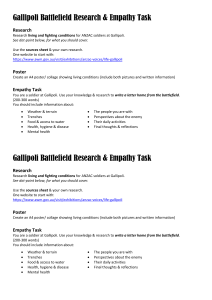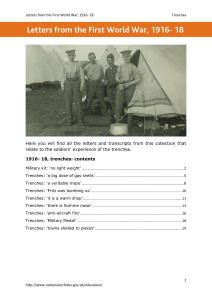Experience of life in the trenches
advertisement
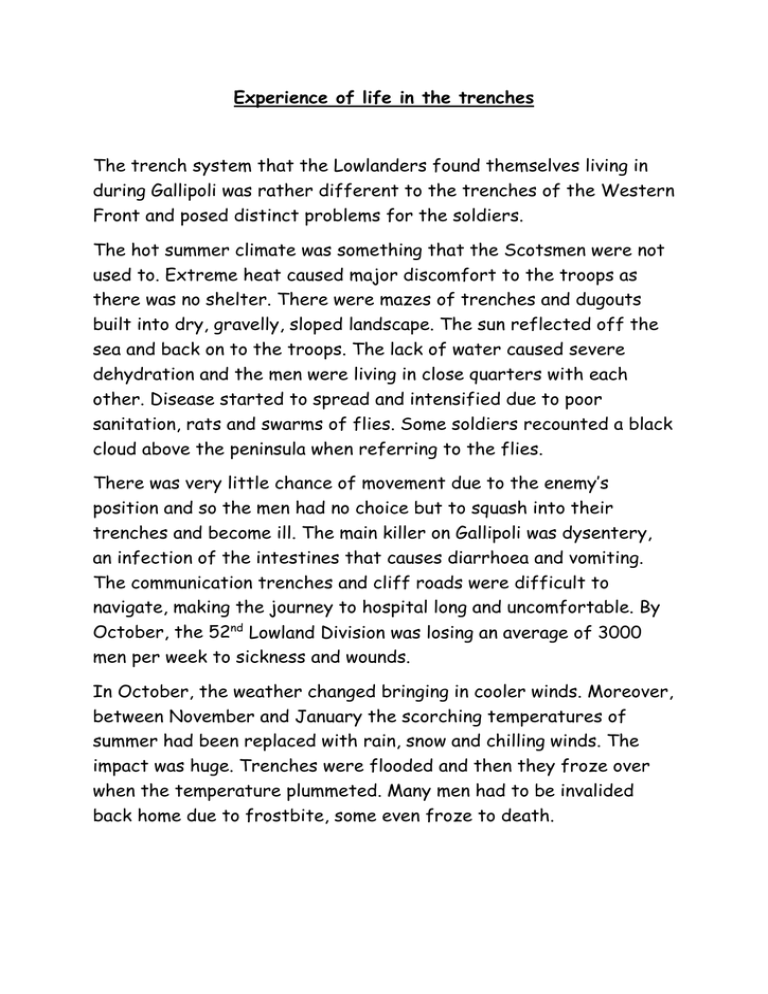
Experience of life in the trenches The trench system that the Lowlanders found themselves living in during Gallipoli was rather different to the trenches of the Western Front and posed distinct problems for the soldiers. The hot summer climate was something that the Scotsmen were not used to. Extreme heat caused major discomfort to the troops as there was no shelter. There were mazes of trenches and dugouts built into dry, gravelly, sloped landscape. The sun reflected off the sea and back on to the troops. The lack of water caused severe dehydration and the men were living in close quarters with each other. Disease started to spread and intensified due to poor sanitation, rats and swarms of flies. Some soldiers recounted a black cloud above the peninsula when referring to the flies. There was very little chance of movement due to the enemy’s position and so the men had no choice but to squash into their trenches and become ill. The main killer on Gallipoli was dysentery, an infection of the intestines that causes diarrhoea and vomiting. The communication trenches and cliff roads were difficult to navigate, making the journey to hospital long and uncomfortable. By October, the 52nd Lowland Division was losing an average of 3000 men per week to sickness and wounds. In October, the weather changed bringing in cooler winds. Moreover, between November and January the scorching temperatures of summer had been replaced with rain, snow and chilling winds. The impact was huge. Trenches were flooded and then they froze over when the temperature plummeted. Many men had to be invalided back home due to frostbite, some even froze to death. The extreme weather influenced the Lowlanders’ campaign in Gallipoli and contributed to the high deaths and casualties of the Division. http://www.iwm.org.uk/history/podcasts/voices-of-the-first-worldwar/podcast-14-gallipoli



